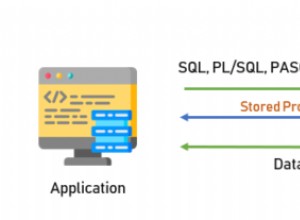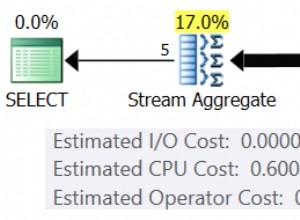Oto dynamiczny sposób obrotu:
declare @table table (Email varchar(64), Phone varchar(16), ID varchar(3))
insert into @table
values
('[email protected]','555-5555','001'),
('[email protected]','555-5556','001'),
('[email protected]','555-5557','001'),
('[email protected]','555-5558','001'),
('[email protected]','333-5556','002'),
('[email protected]','444-5556','002'),
('[email protected]','777-5556','002')
select
Email
,Phone
,ID
,row_number() over (partition by ID order by Phone) as RN
into #staging
from
@table
DECLARE @DynamicPivotQuery AS NVARCHAR(MAX)
DECLARE @ColumnName AS NVARCHAR(MAX)
--Get distinct values of the PIVOT Column
SELECT @ColumnName= ISNULL(@ColumnName + ',','')
+ QUOTENAME(RN)
FROM (SELECT DISTINCT RN FROM #staging) AS RN
--Prepare the PIVOT query using the dynamic
SET @DynamicPivotQuery =
N'SELECT Email, ID, ' + @ColumnName + '
FROM #staging
PIVOT(MAX(Phone)
FOR RN IN (' + @ColumnName + ')) AS PVTTable'
--Execute the Dynamic Pivot Query
EXEC sp_executesql @DynamicPivotQuery
drop table #staging
Jeśli spodziewasz się tylko 3, jak powiedziałeś, możesz pominąć dynamikę...
declare @table table (Email varchar(64), Phone varchar(16), ID varchar(3))
insert into @table
values
('[email protected]','555-5555','001'),
('[email protected]','555-5556','001'),
('[email protected]','333-5556','002'),
('[email protected]','444-5556','002'),
('[email protected]','777-5556','002')
;with cte as(
select
Email
,Phone
,ID
,row_number() over (partition by ID order by Phone) as RN
from
@table)
select
Email
,max(case when RN = 1 then Phone end) as Phone1
,max(case when RN = 2 then Phone end) as Phone2
,max(case when RN = 3 then Phone end) as Phone3
,ID
from
cte
group by
Email
,ID




